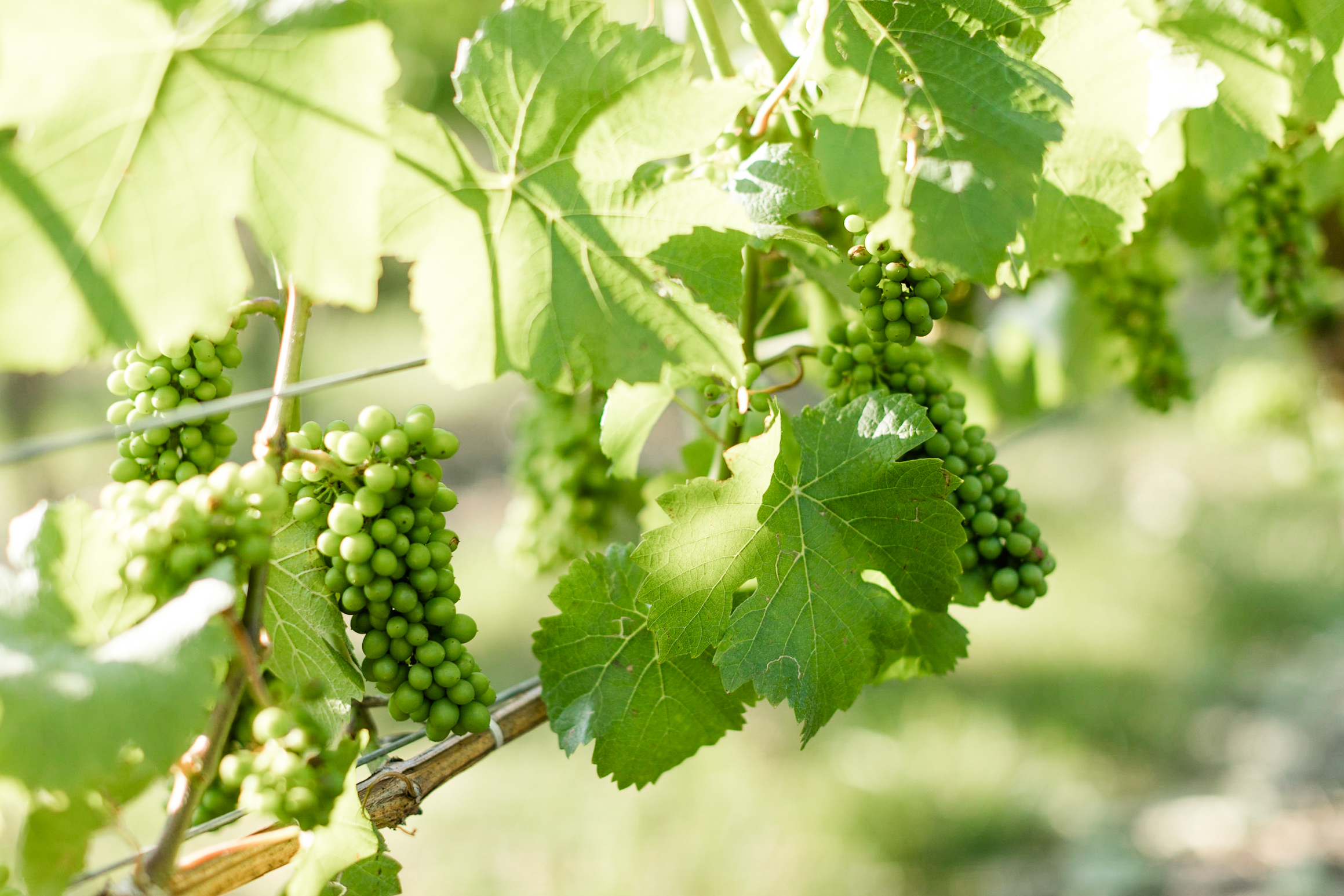Niagara Peninsula
LINCOLN LAKESHORE
Sub-Appellation STATS
2023-24 Annual
Production (9L Cases)
Growing
Degree Days
Number of
Wineries
Number of
Appellation Wines
Common Varieties Cabernet Franc Chardonnay Riesling
Sub-Appellation OVERVIEW
The Lincoln Lakeshore runs along the Lake Ontario shore from Winona Road to Jordan Harbour and Twenty Mile Creek, and is backed by the foot of the escarpment bench on its south boundary.
Dominant influence of LAKE ONTARIO, long tempered growing SEASON, seasonal STREAMS
Breezes from over the deep lake waters cool the sun-drenched vineyards in the summer, and warm them in the cooler seasons, resulting in a longer growing season and moderated conditions for steady, even ripening.
Characteristics
TOPOGRAPHY
Stretching across the Lake Iroquois Plain this sub-appellation is characterized by a long shallow grade from the Lake Iroquois Shore Bluff on its southern boundary northward to Lake Ontario. Though gentle, the slope provides for ground water drainage and keeps moisture in balance. Vineyards enjoy uninterrupted sunshine throughout the day with no topographic barriers. Many large streams cut across this area, including Thirty Mile, Forty Mile and Fifty Mile Creeks, and have incised deep channels, providing an excellent source of water and also good seasonal drainage, especially during the spring when the soils are saturated by spring snowmelt.
SOIL
A distinguishing characteristic of this appellation is the marked variability in soil types and depth. Part of the extensive Lake Iroquois Plain that was the lakebed of an ancient lake, its complex soils overlay the red shale of the Queenstown Formation. Light sandy soils that are well to moderately-drained cover approximately 55% of the appellation, and warm early and easily in spring. Heavier soils of red clay loam are also scattered throughout the region, providing thick and fertile pockets with high water-holding capacity.
Produced by and shared with permission from the Wine Marketing Association of Ontario/VQA Wines of Ontario.
CLIMATE
Temperatures in this sub-appellation remain relatively cool in April, rising gradually in May and decreasing gradually in October. In the summer and over the peak of the growing season, the subdued topography ensures maximum sunlight exposure for the growing vines and their fruit. The temperature difference between the cool air over Lake Ontario and the warm air over the land, create localized circulation systems that moderate the rate at which this appellation warms during the day and cools at night.
Notable Features
The Lincoln Lakeshore has an especially long and temperate growing season and mild winter climate owing to the full exposure to the moderating effect of Lake Ontario. Ideally suited to viticulture, even tender varieties, this area is also a major producer of tender fruit.
Wine personalities
Viticulture thrives in this Lakeshore appellation, with year-round temperature moderation providing a long consistent growing season.
Gently honeyed fruits build the character of the white wines. A full range of white grape varieties are planted, most notably Chardonnay, Riesling and Pinot Gris.
Reds are well structured, concentrated with good intensity and soft sweet flavours of dried fruits.

Appellation
NIAGARA PENINSULA
Situated at approximately N43° latitude this prime and diverse appellation is characterized by rich, fertile soils and unique meso climates, which provide ideal conditions for producing wine grapes with more complexity and intense flavour than in many warmer climates.



